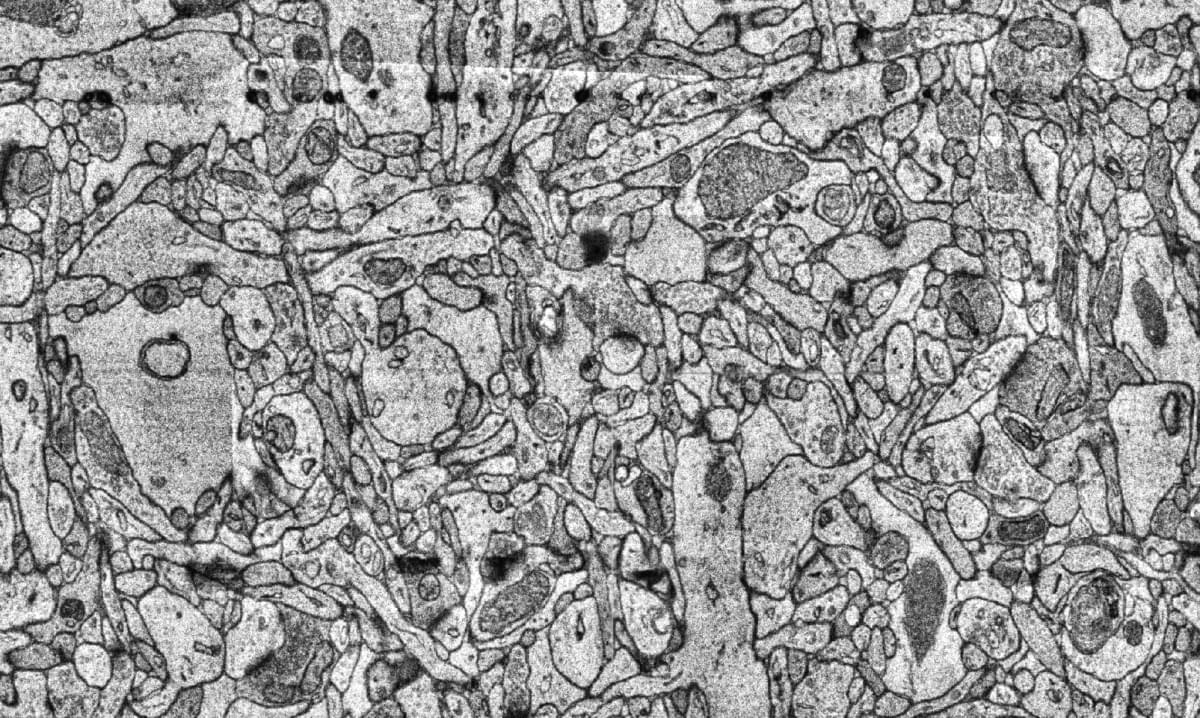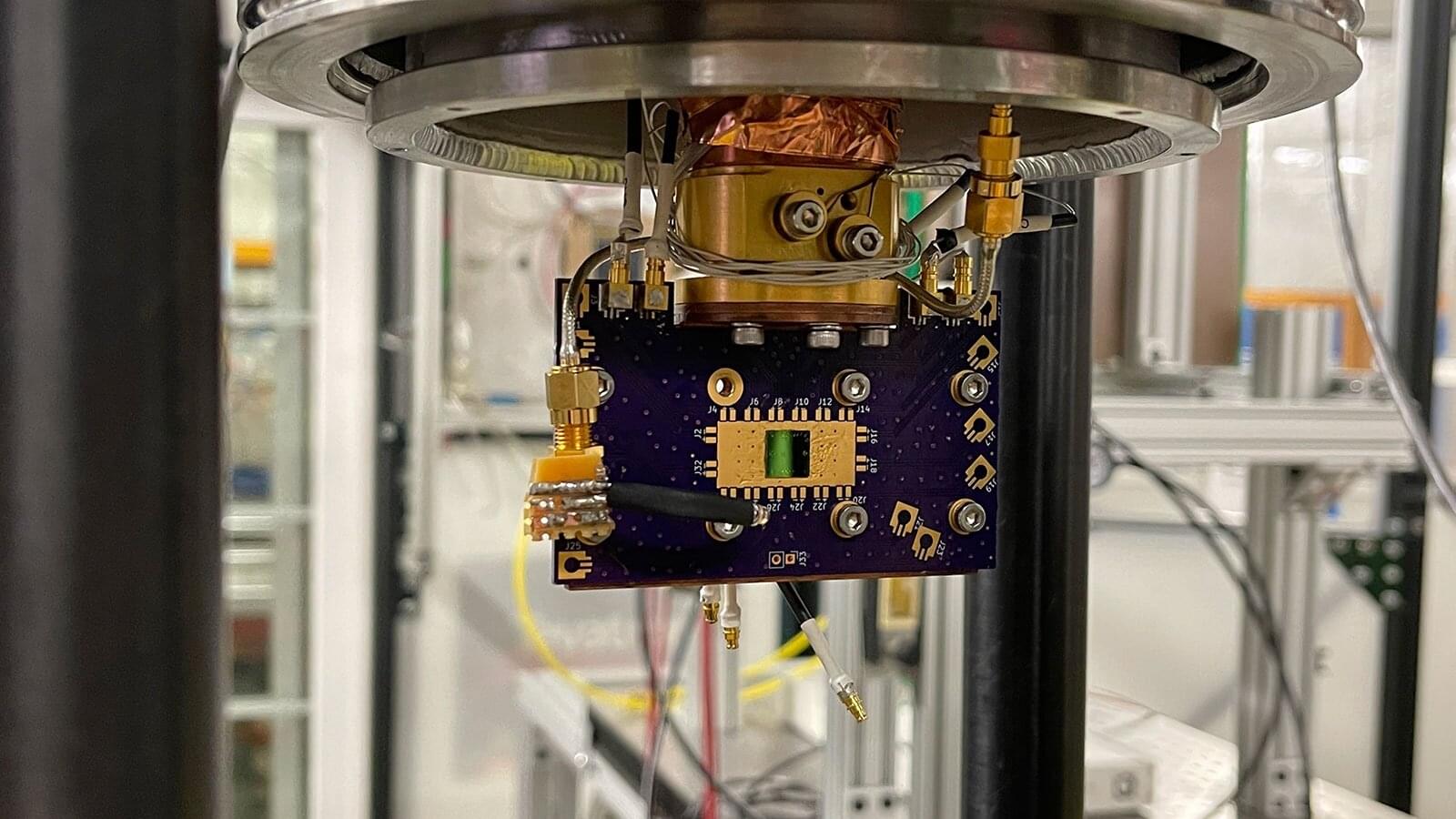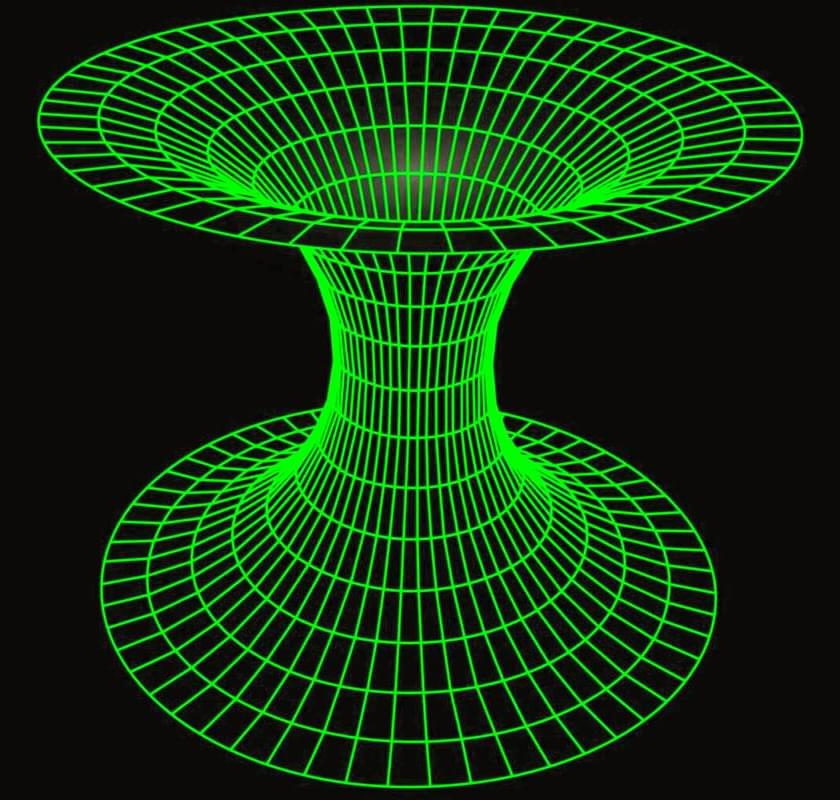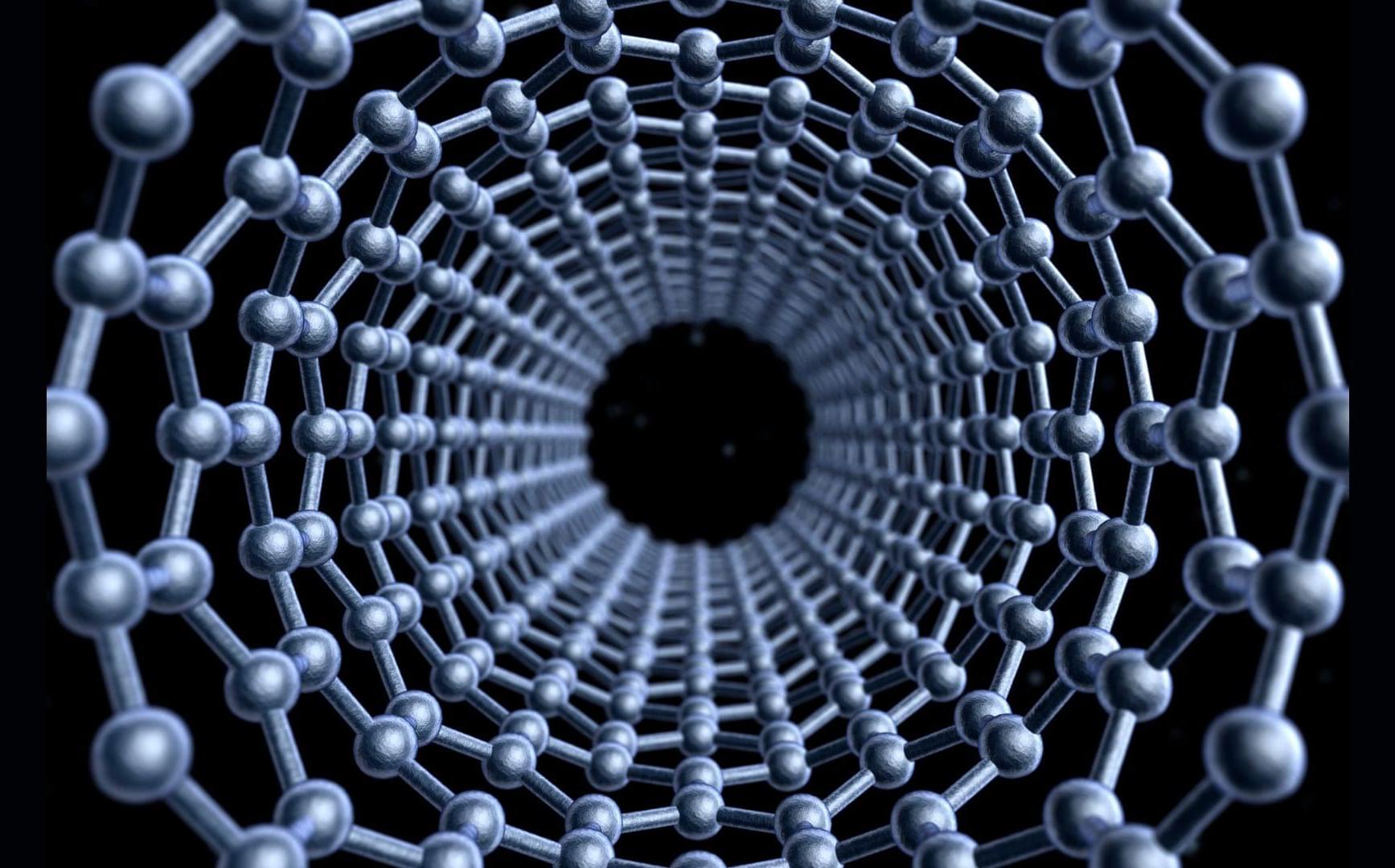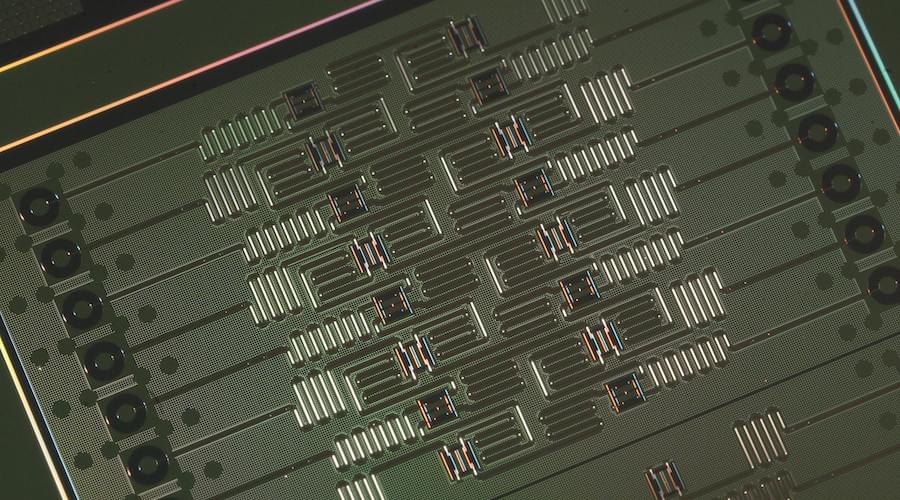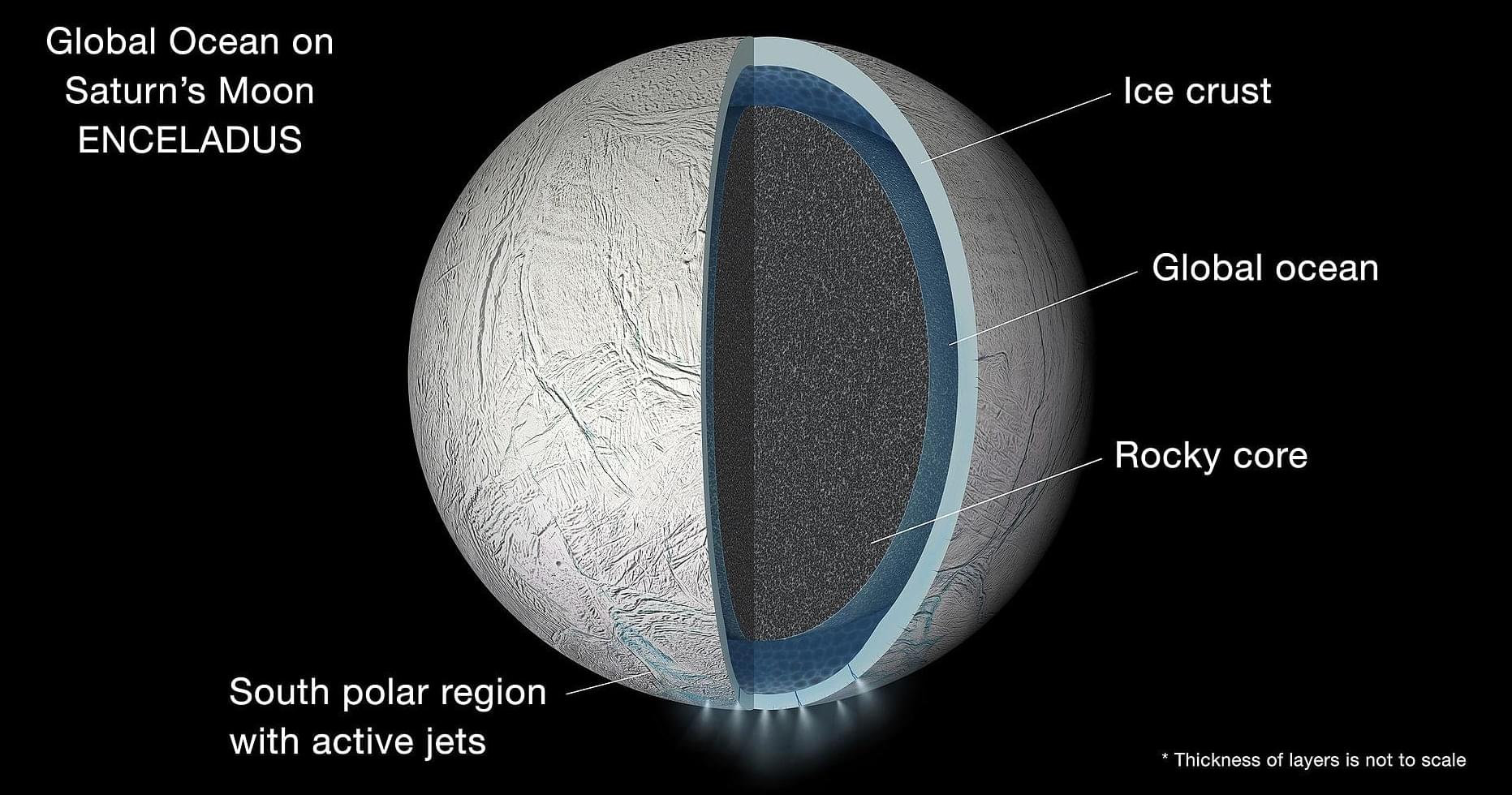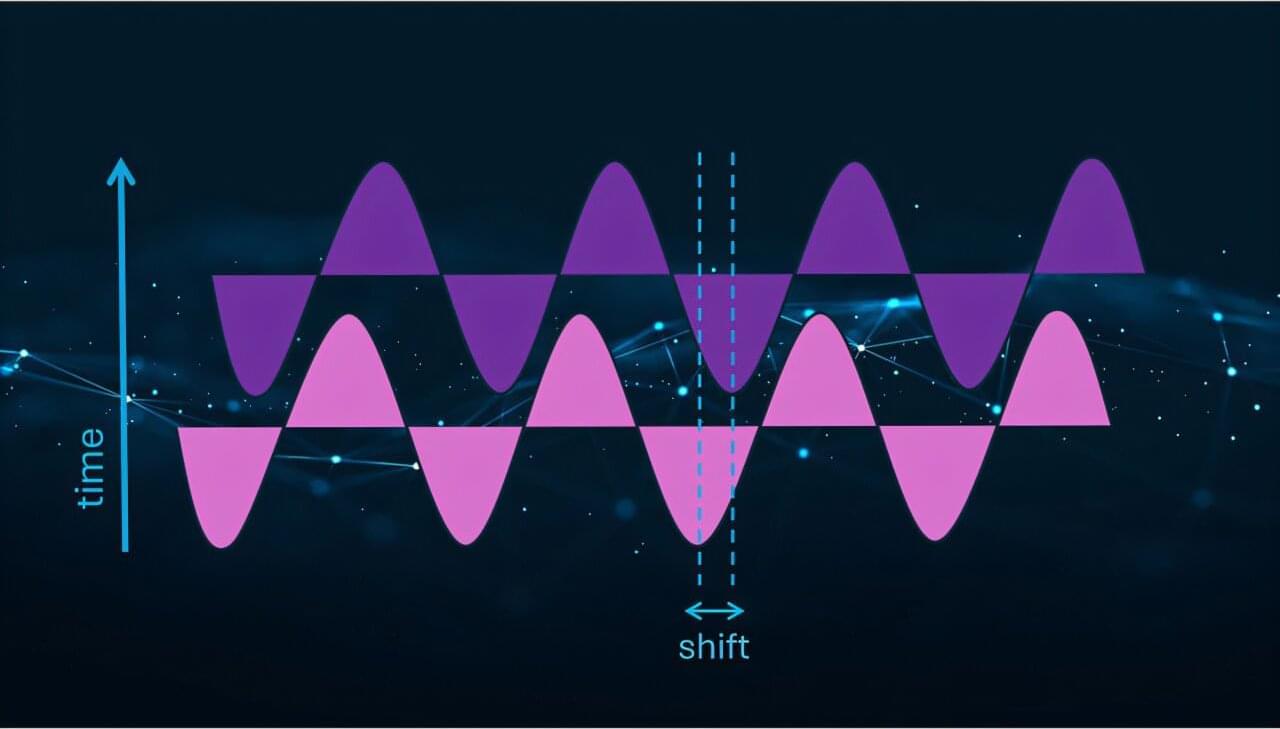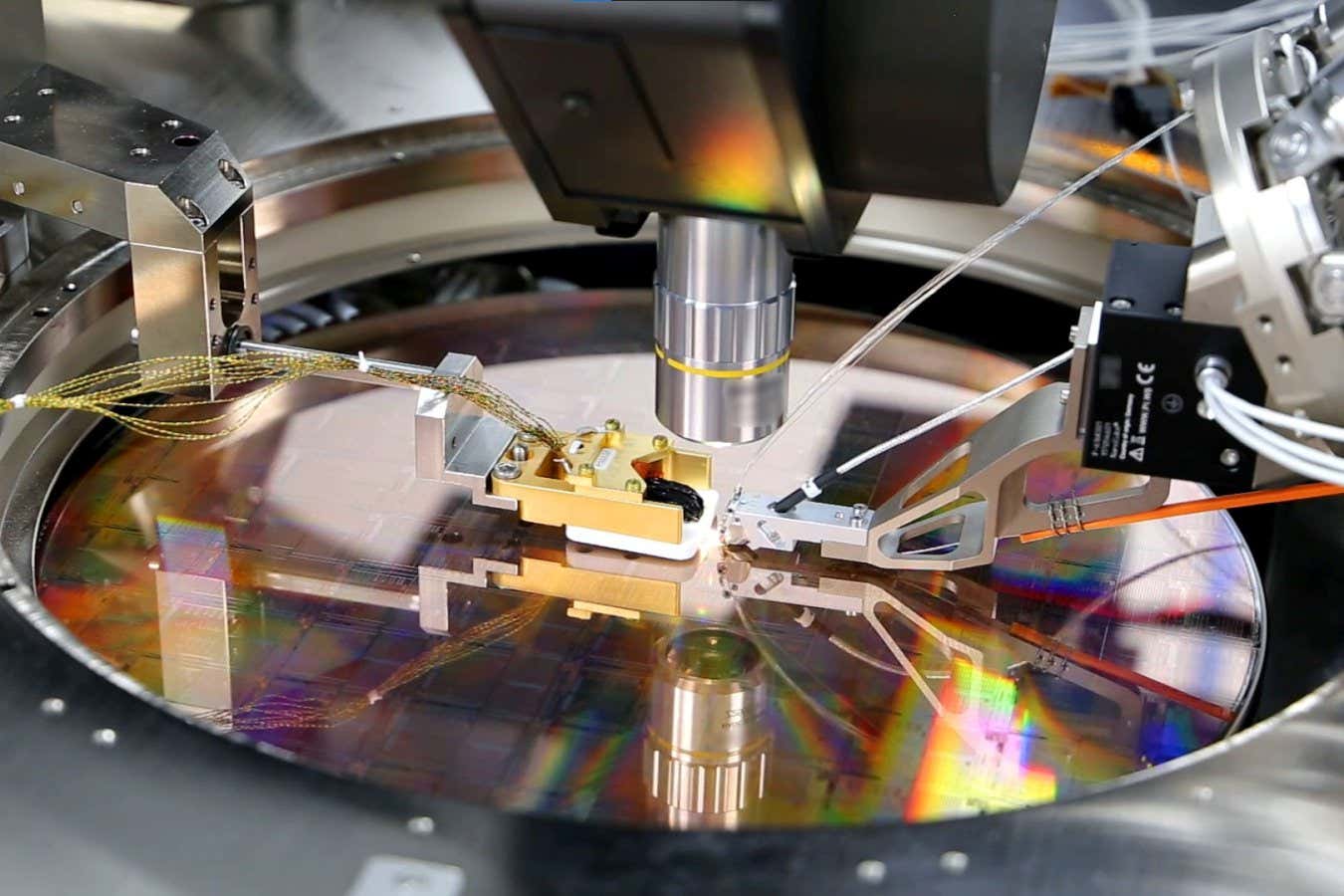In a groundbreaking use of teleportation, critical units of a quantum processor have been successfully spread across multiple computers, proving the potential of distributing quantum modules without compromising on their performance.
While the transfer only took place over a space of two meters (about six feet) in an Oxford University laboratory, the leap was more than enough to emphasize the feasibility of scaling quantum technology by teleporting quantum states across an ‘internet’ of connected systems.
Teleportation is a quirk of physics that only makes sense through a quantum lens, where objects exist in a blur of possible characteristics until processes of measurement force them to adopt each state.

